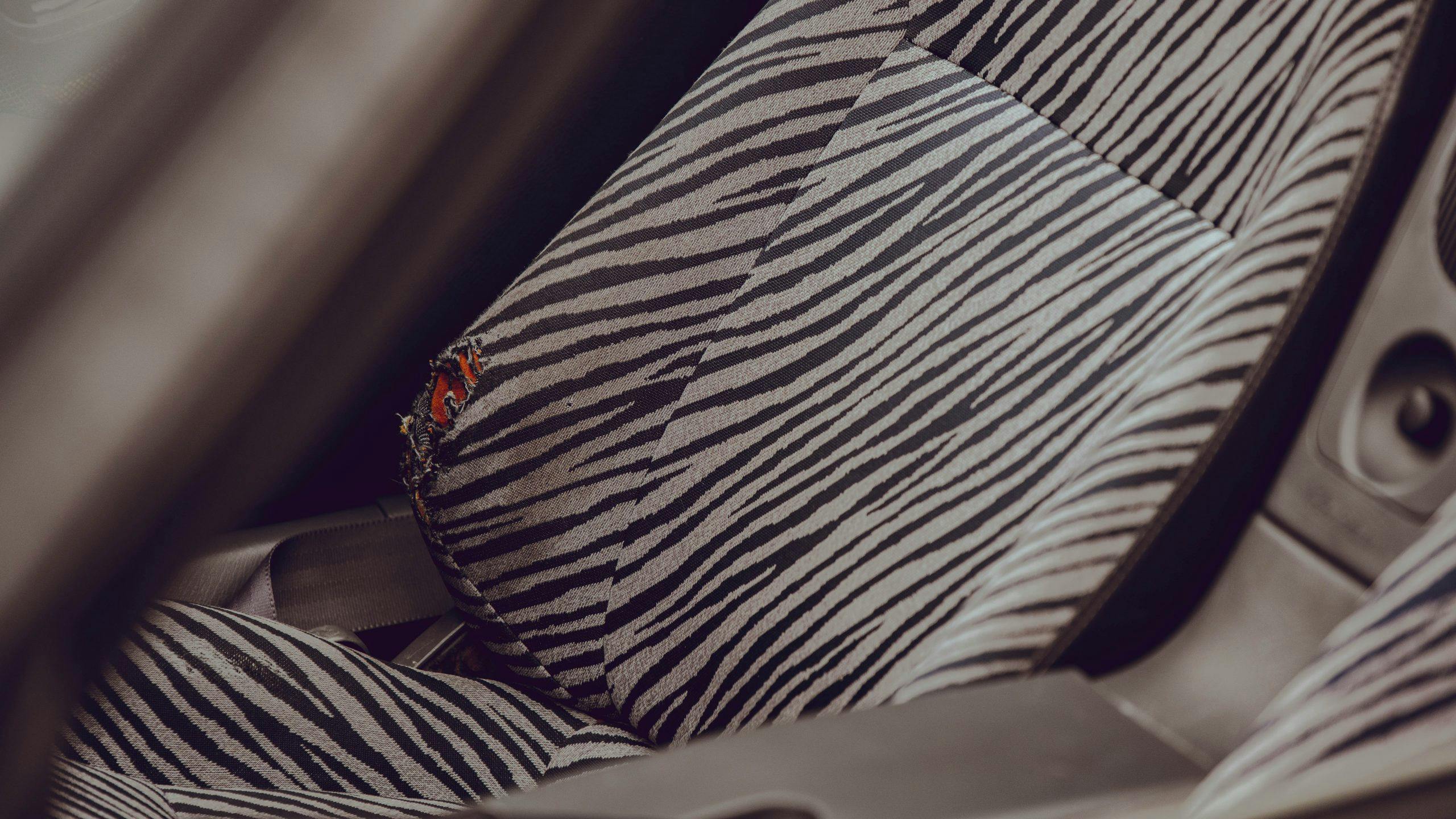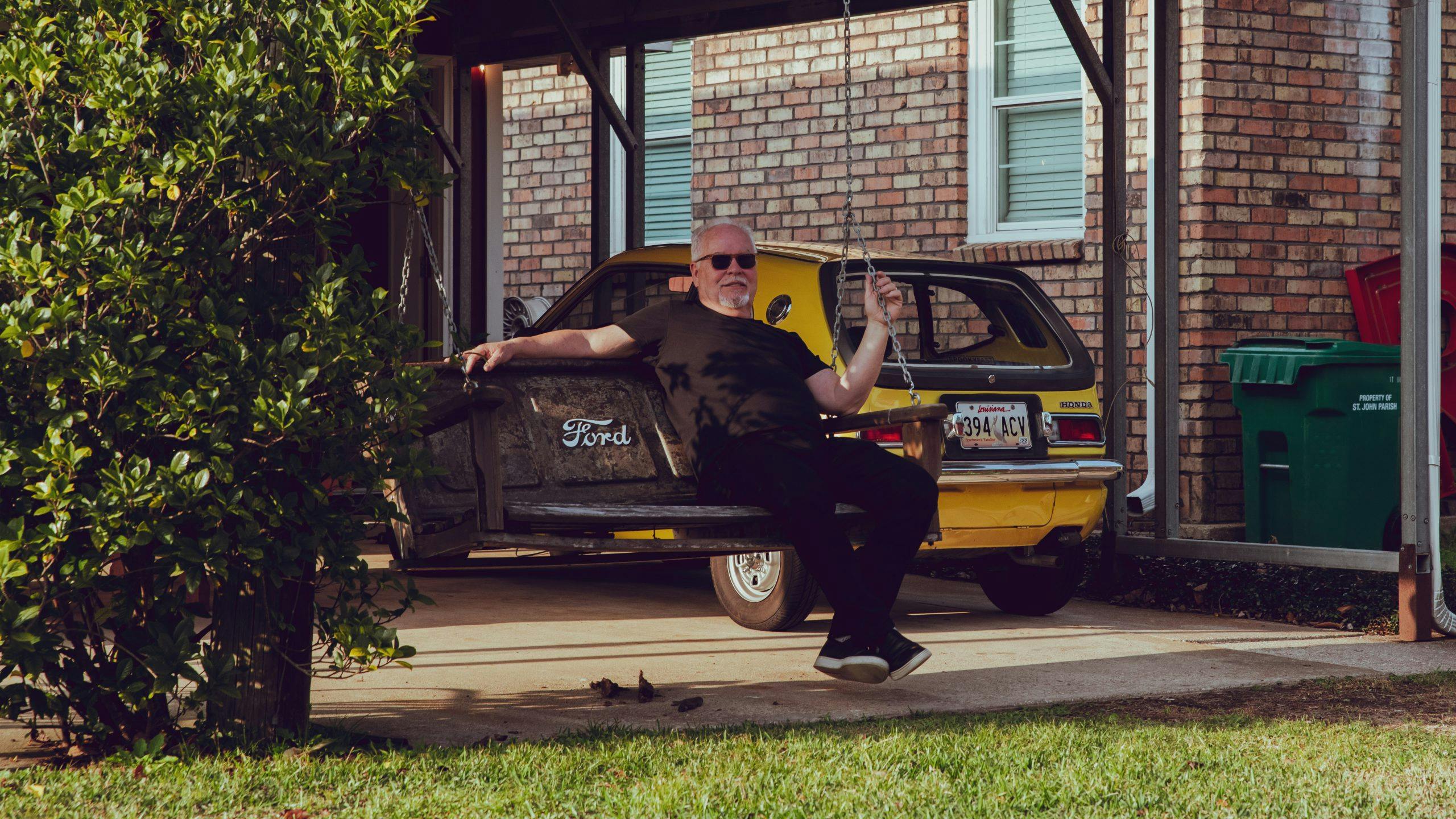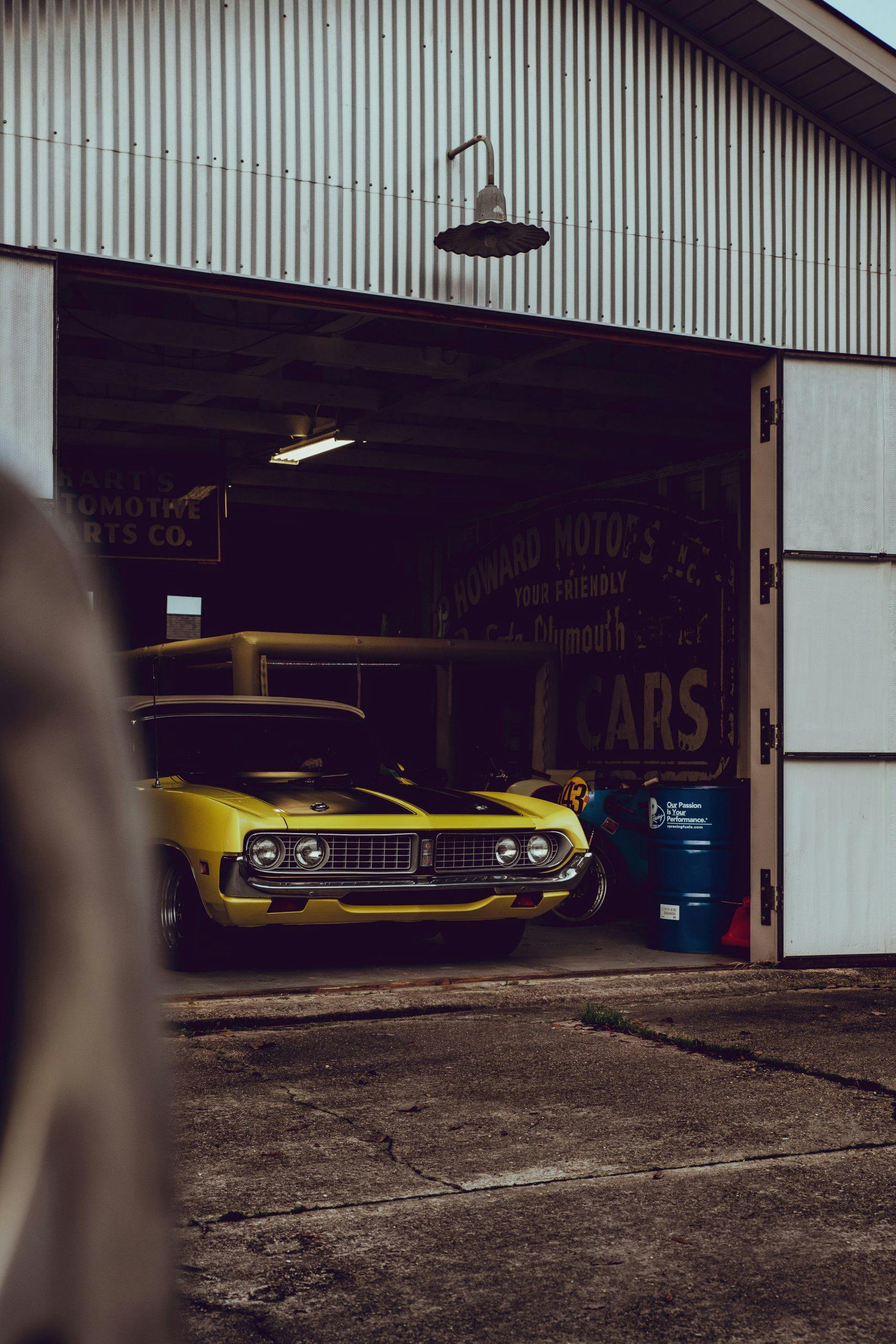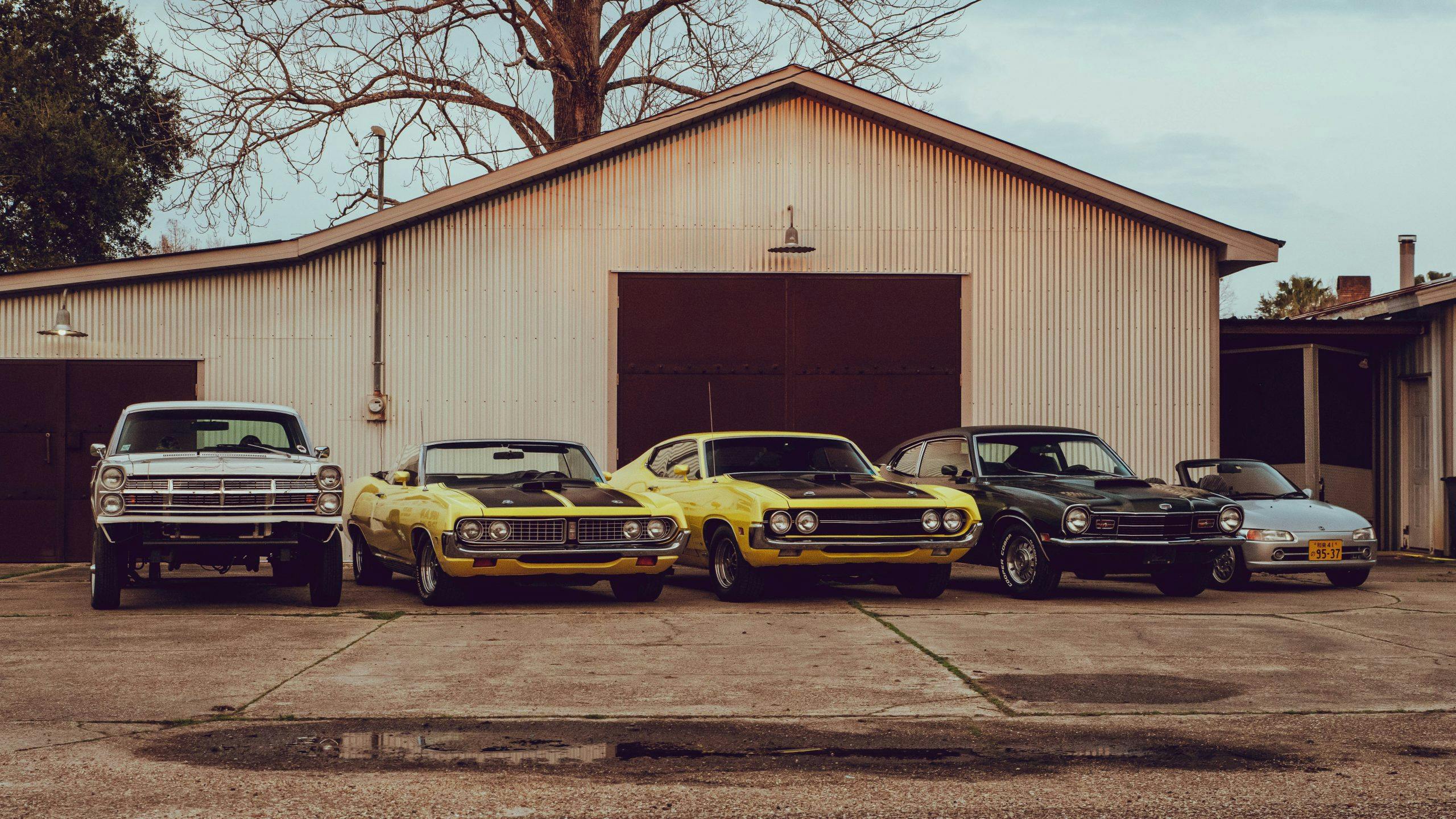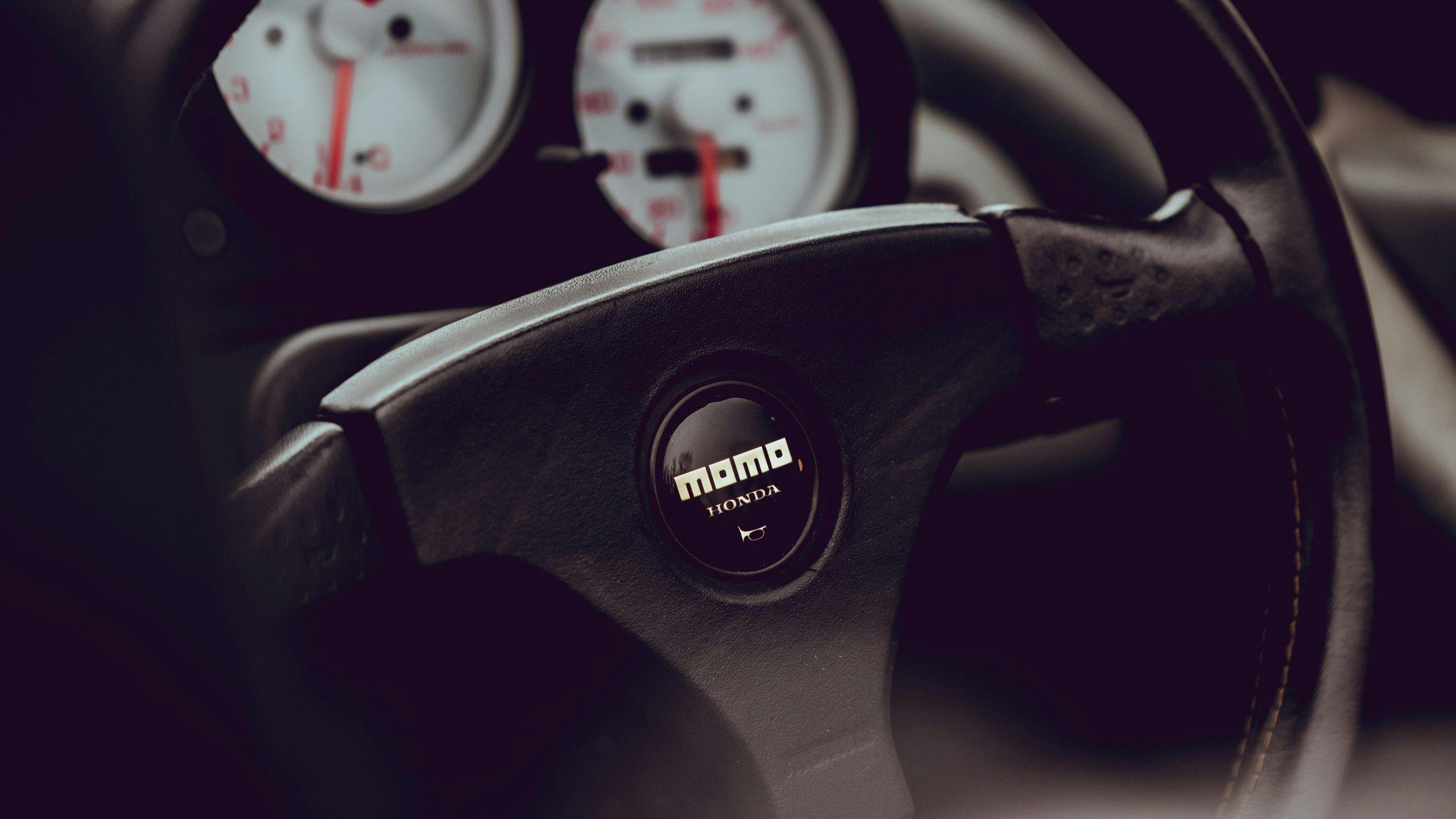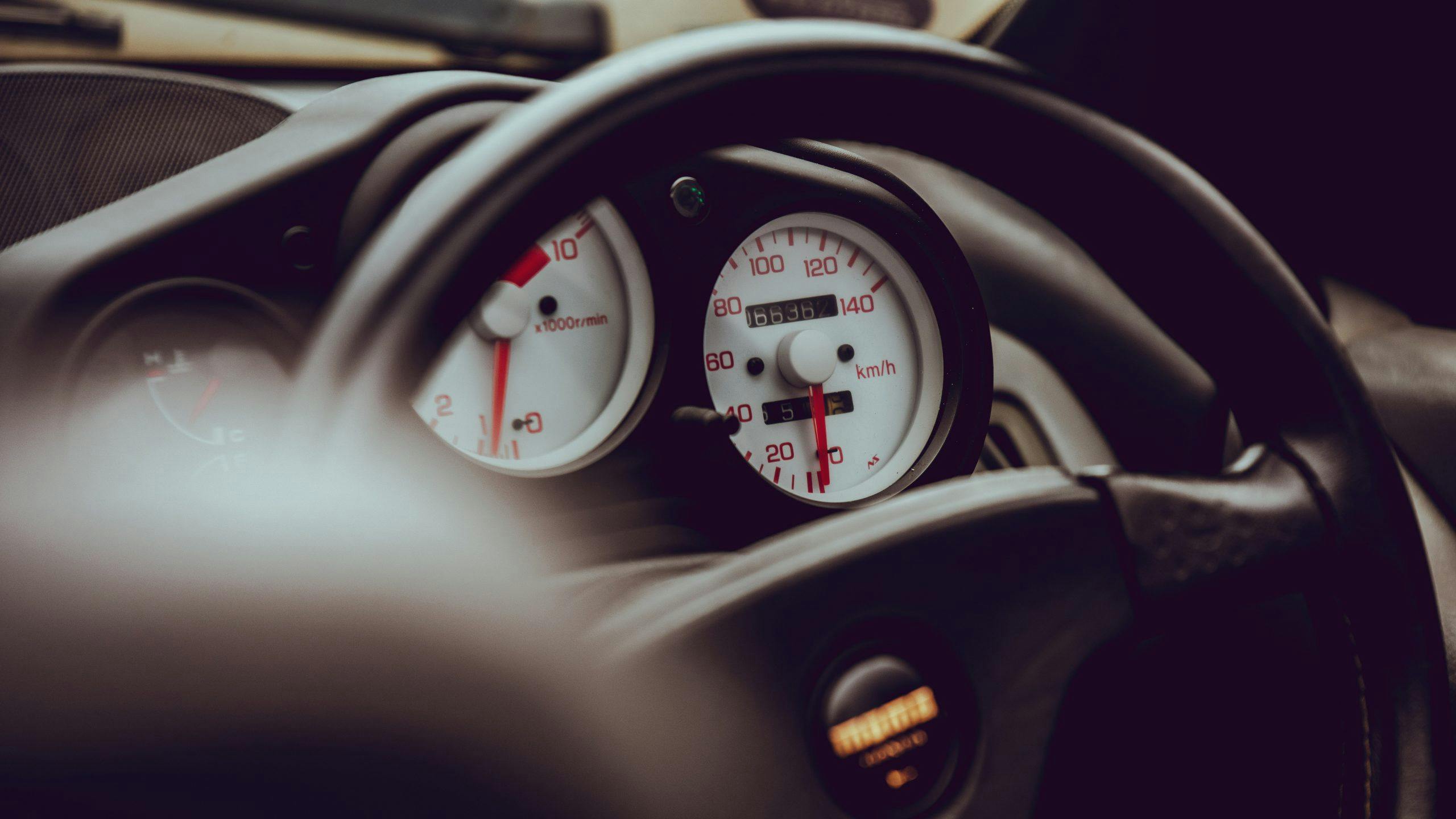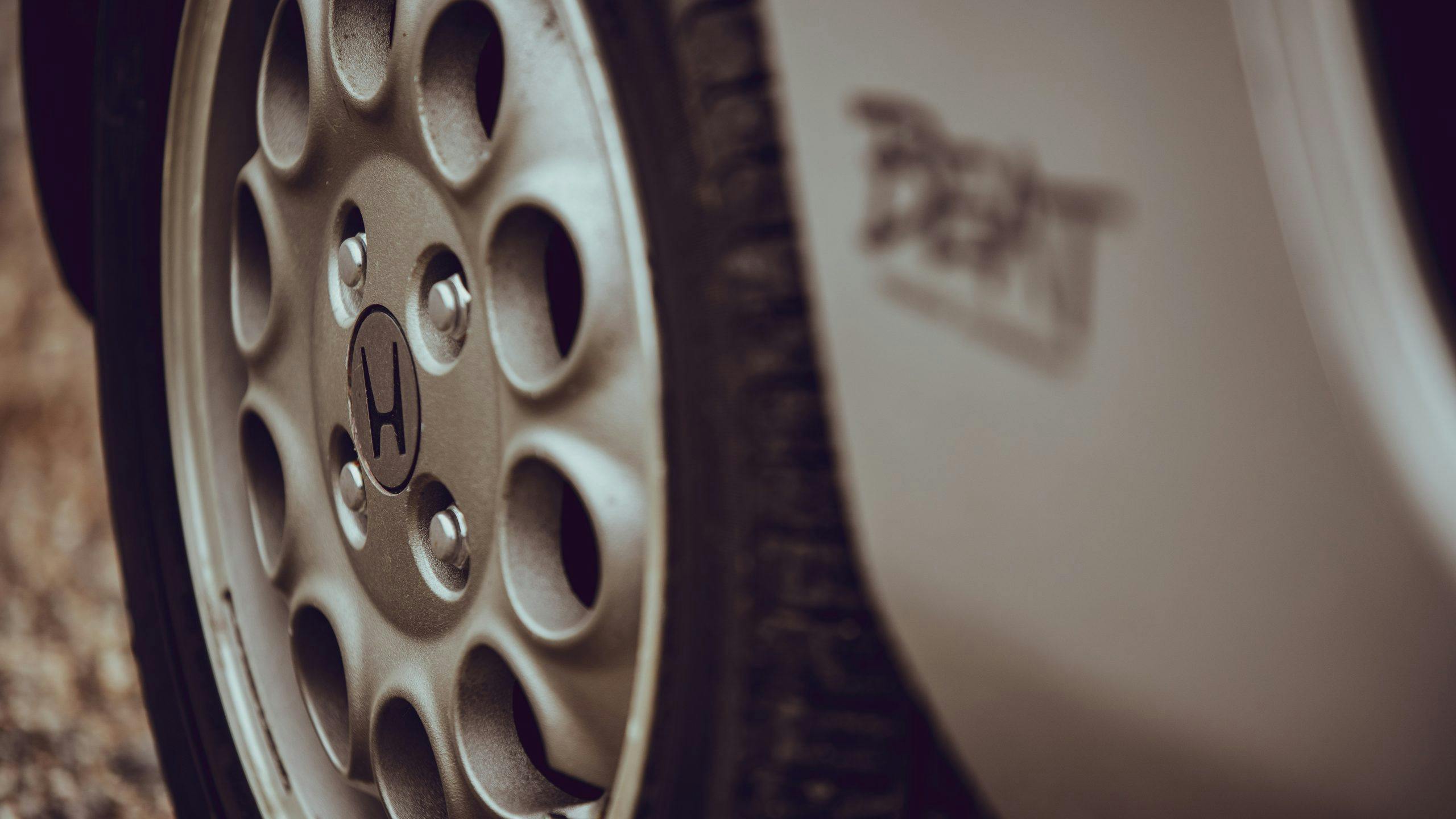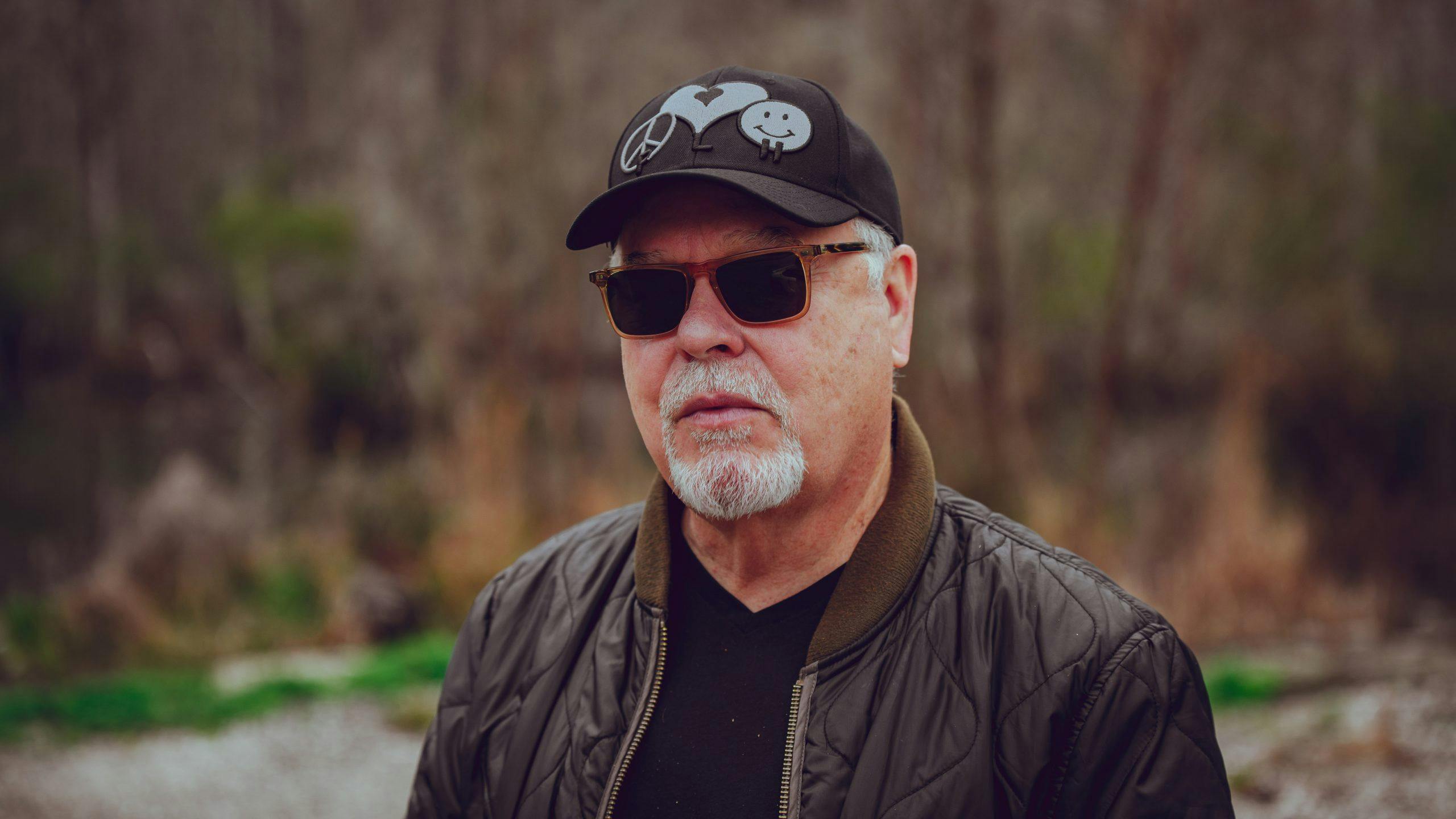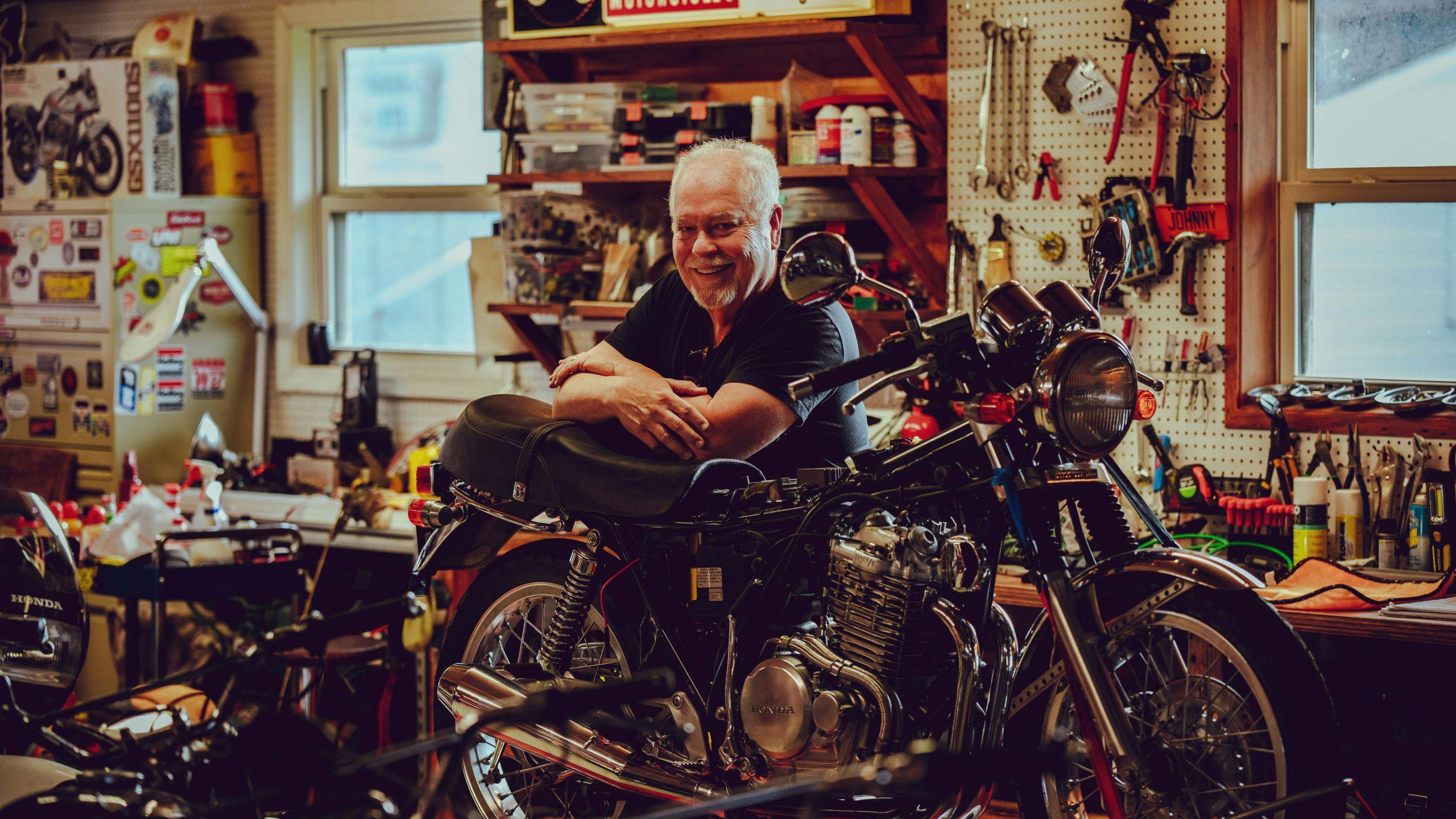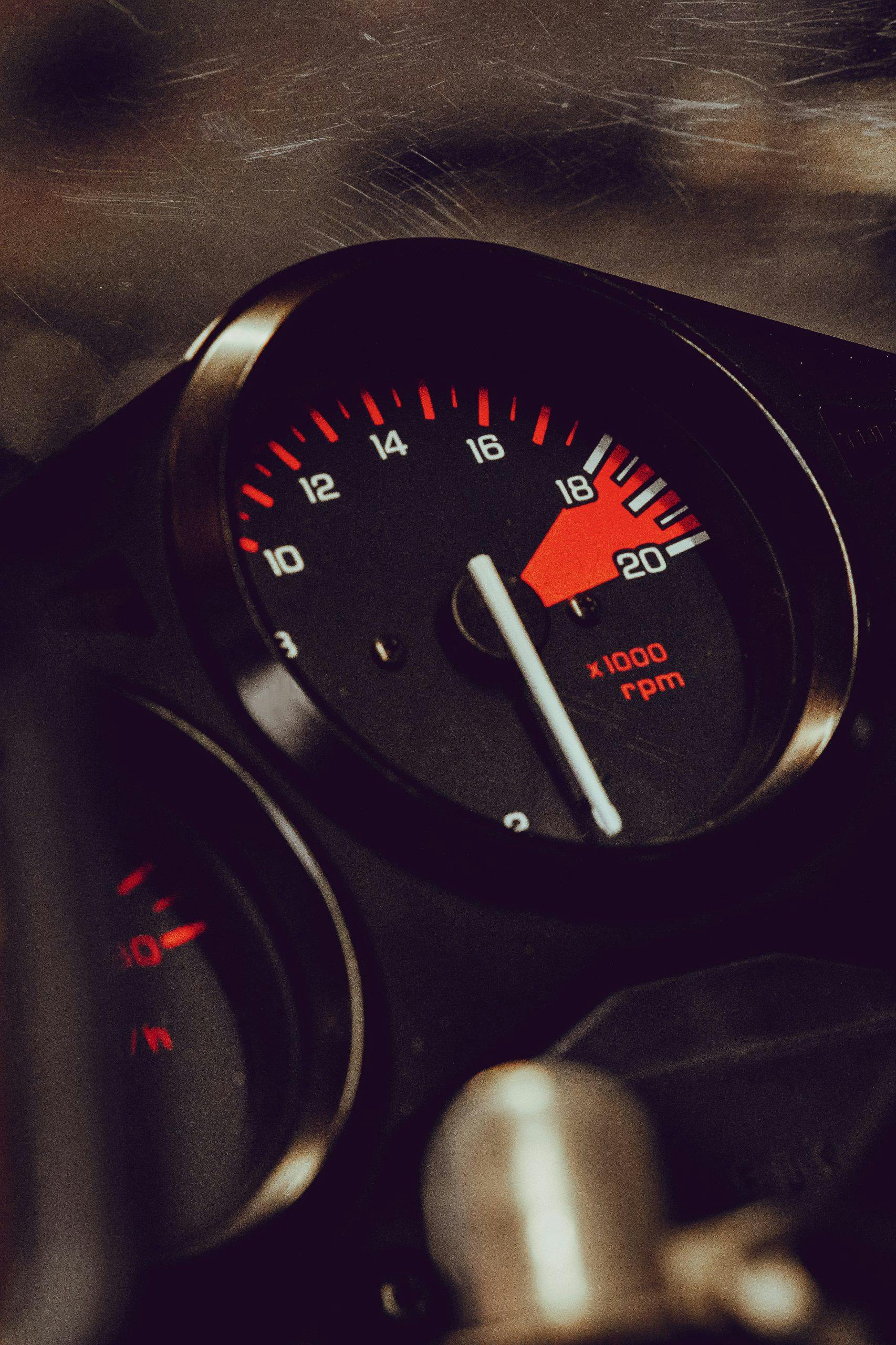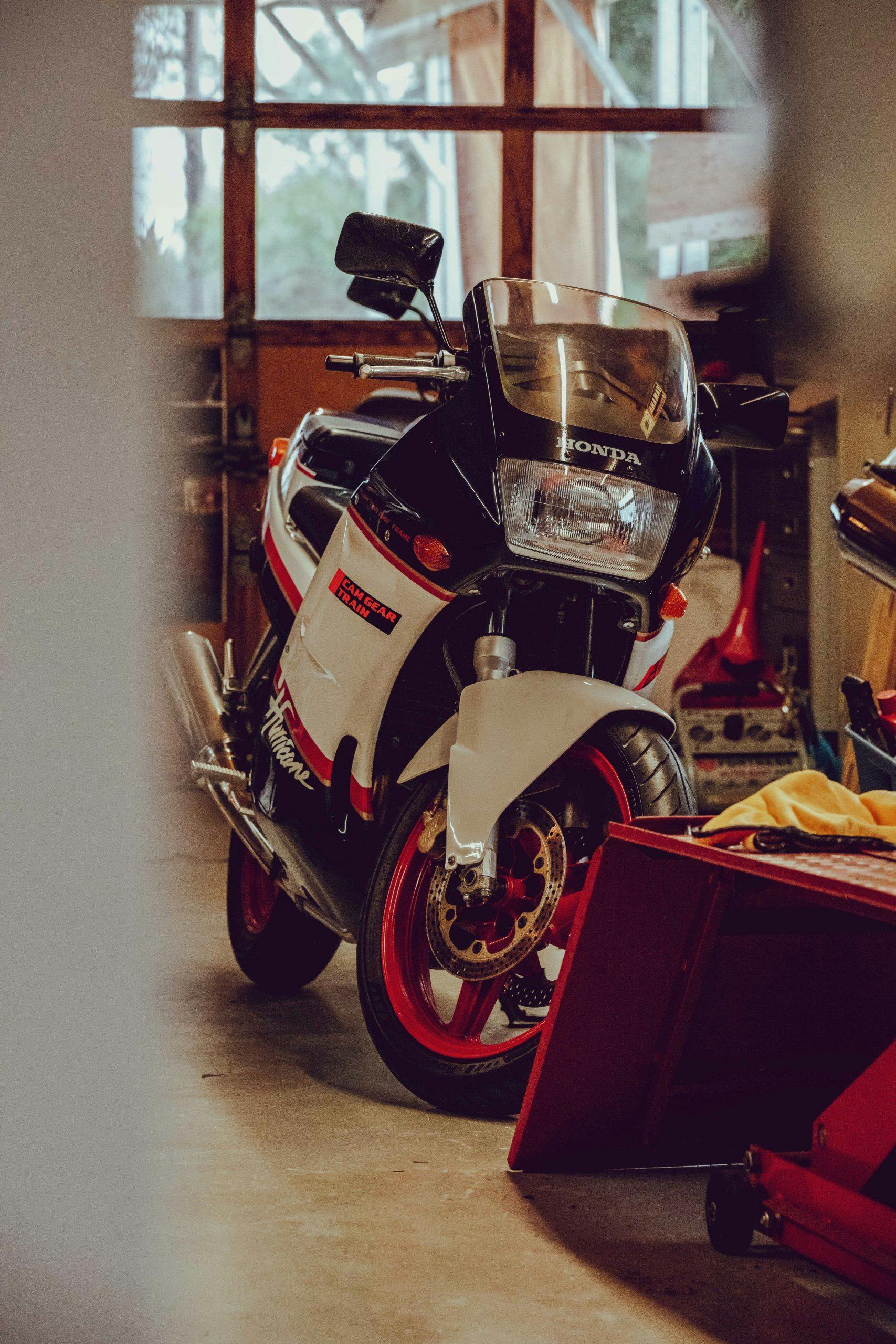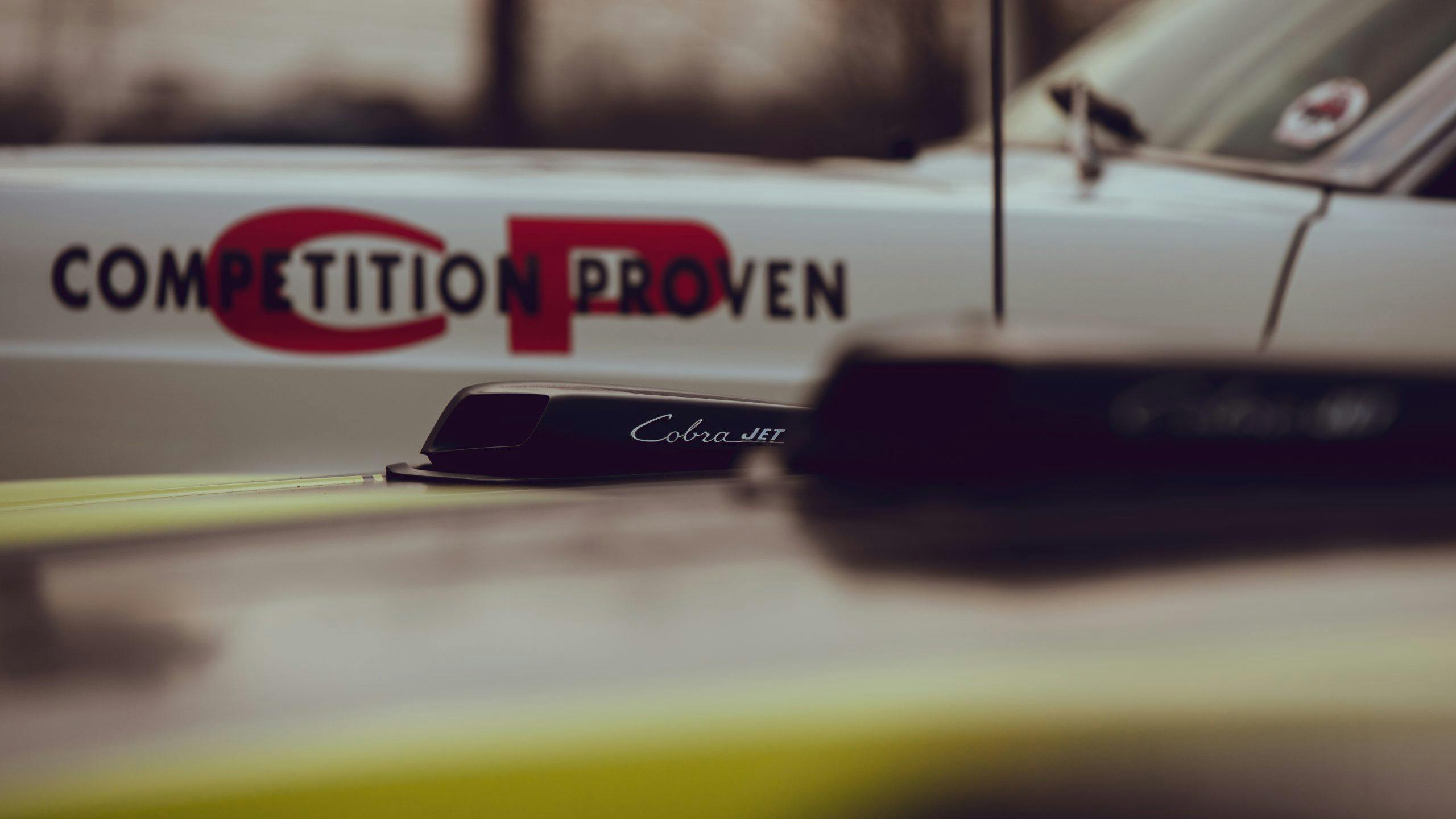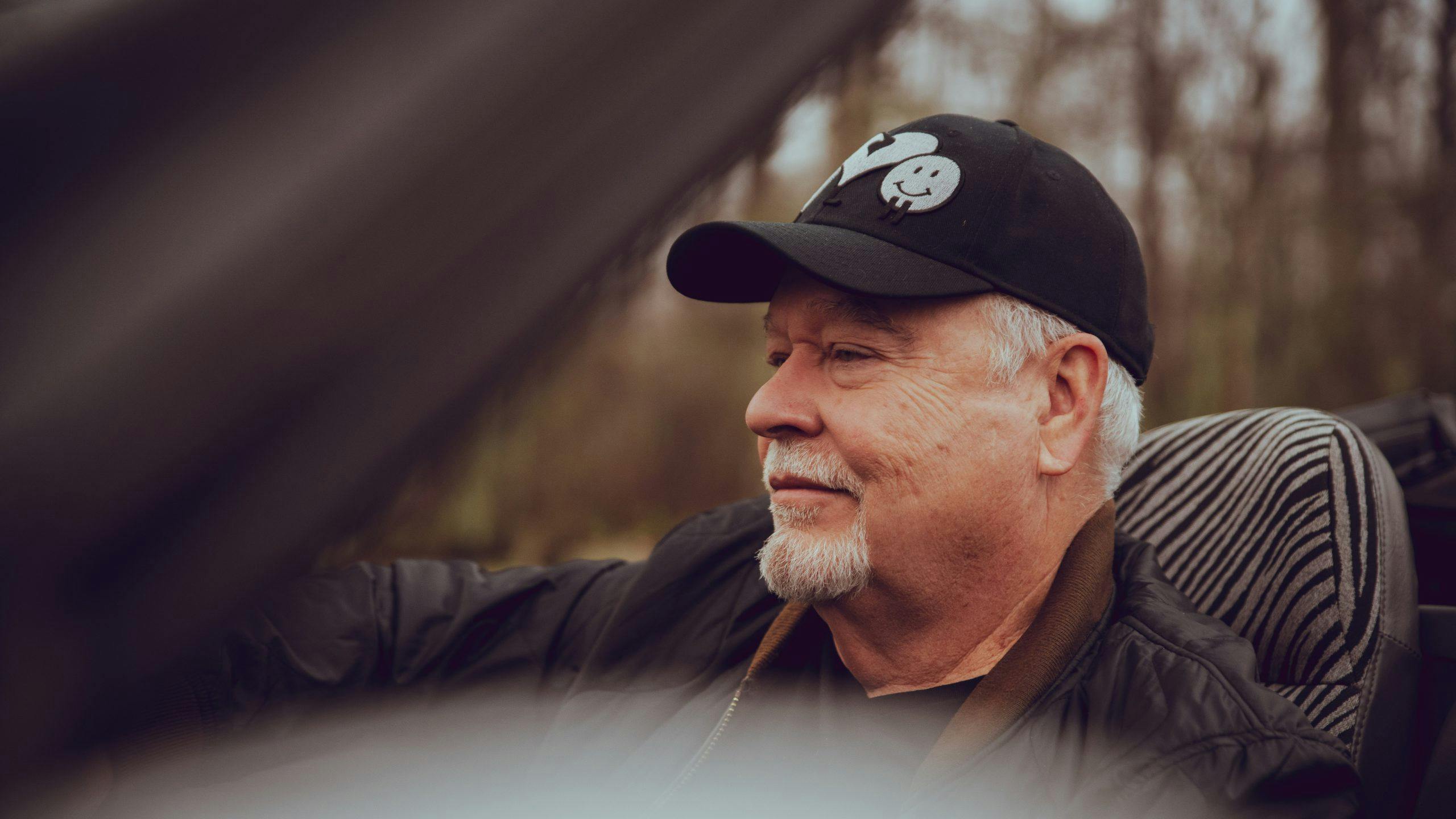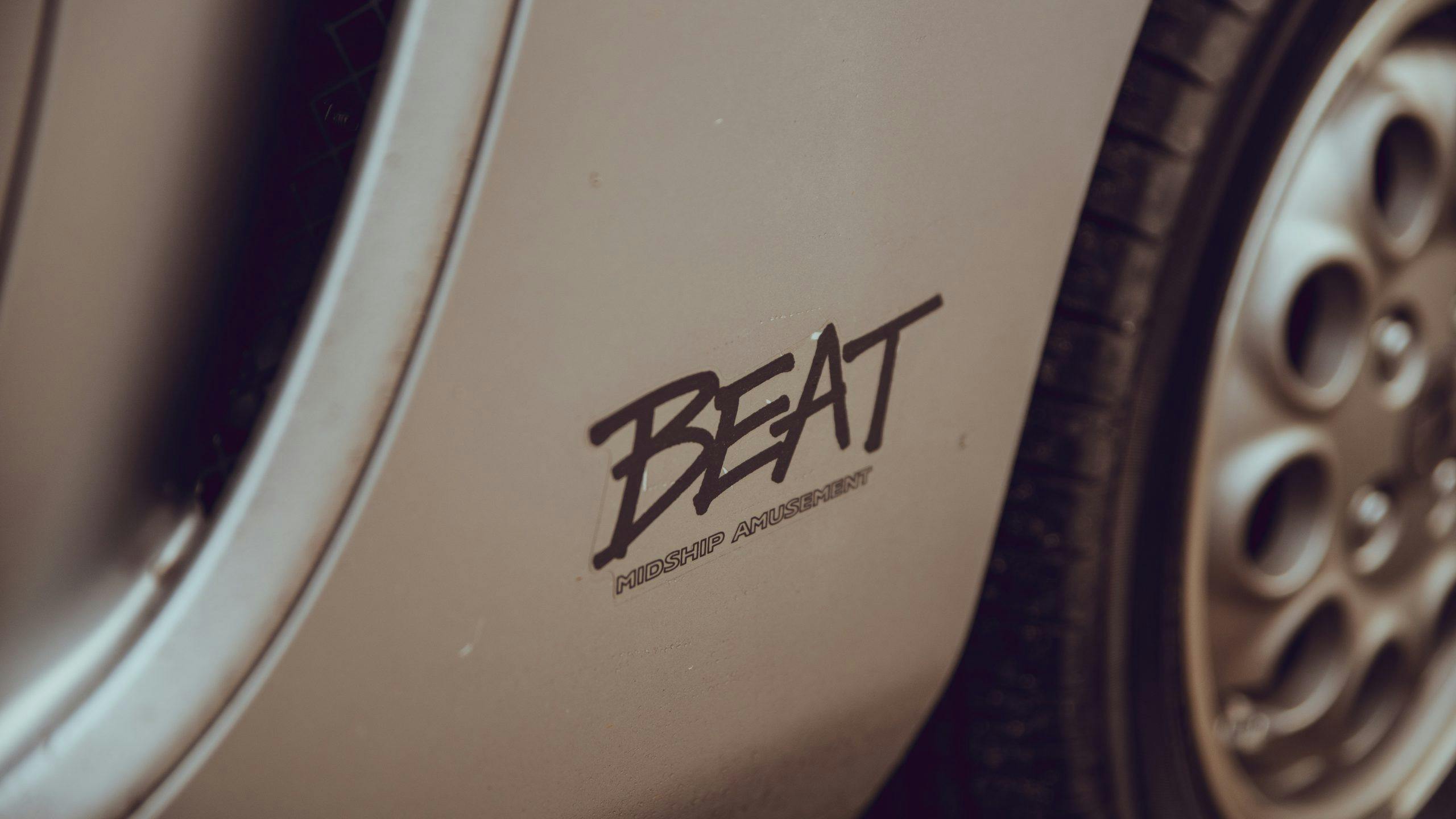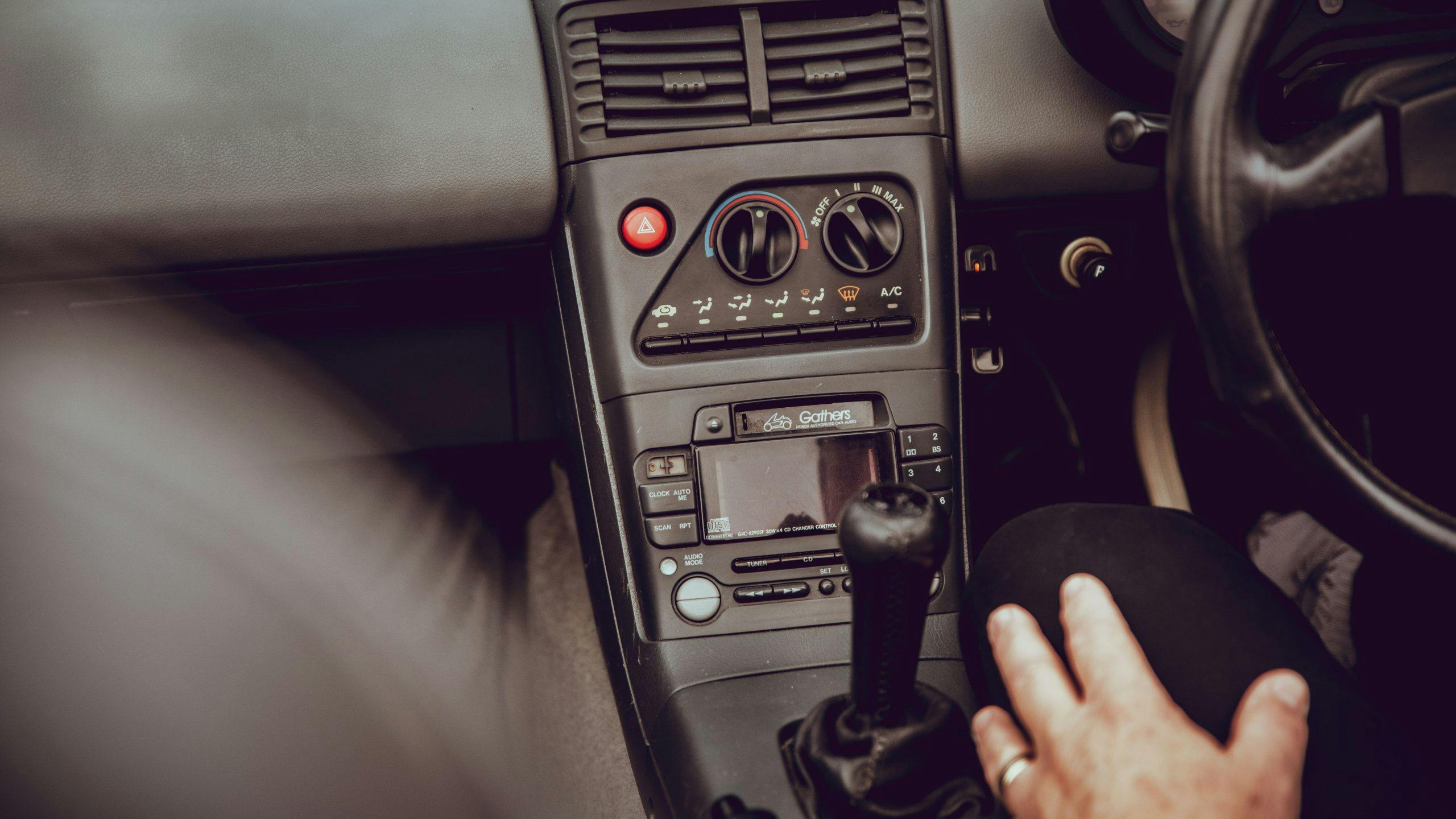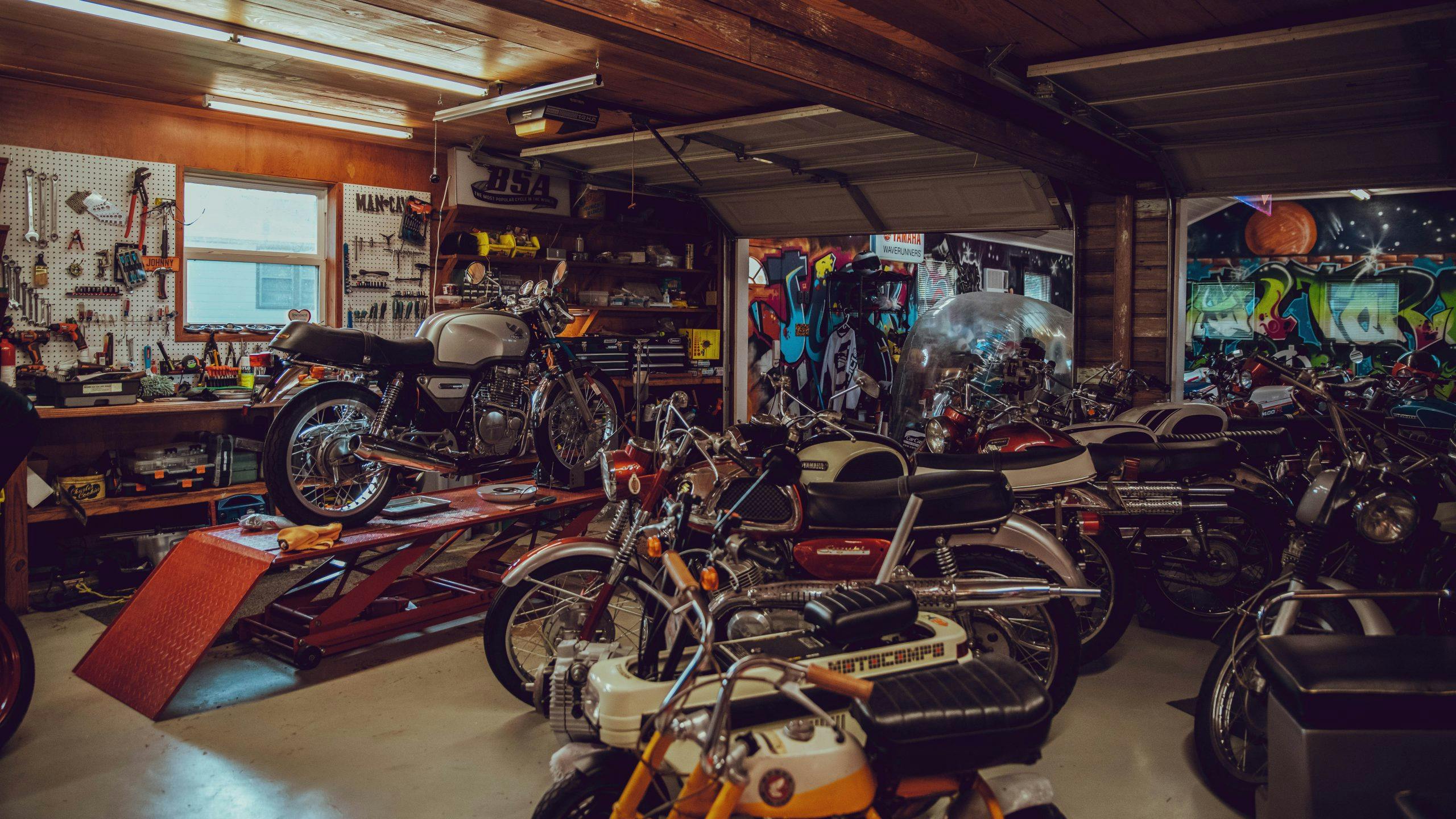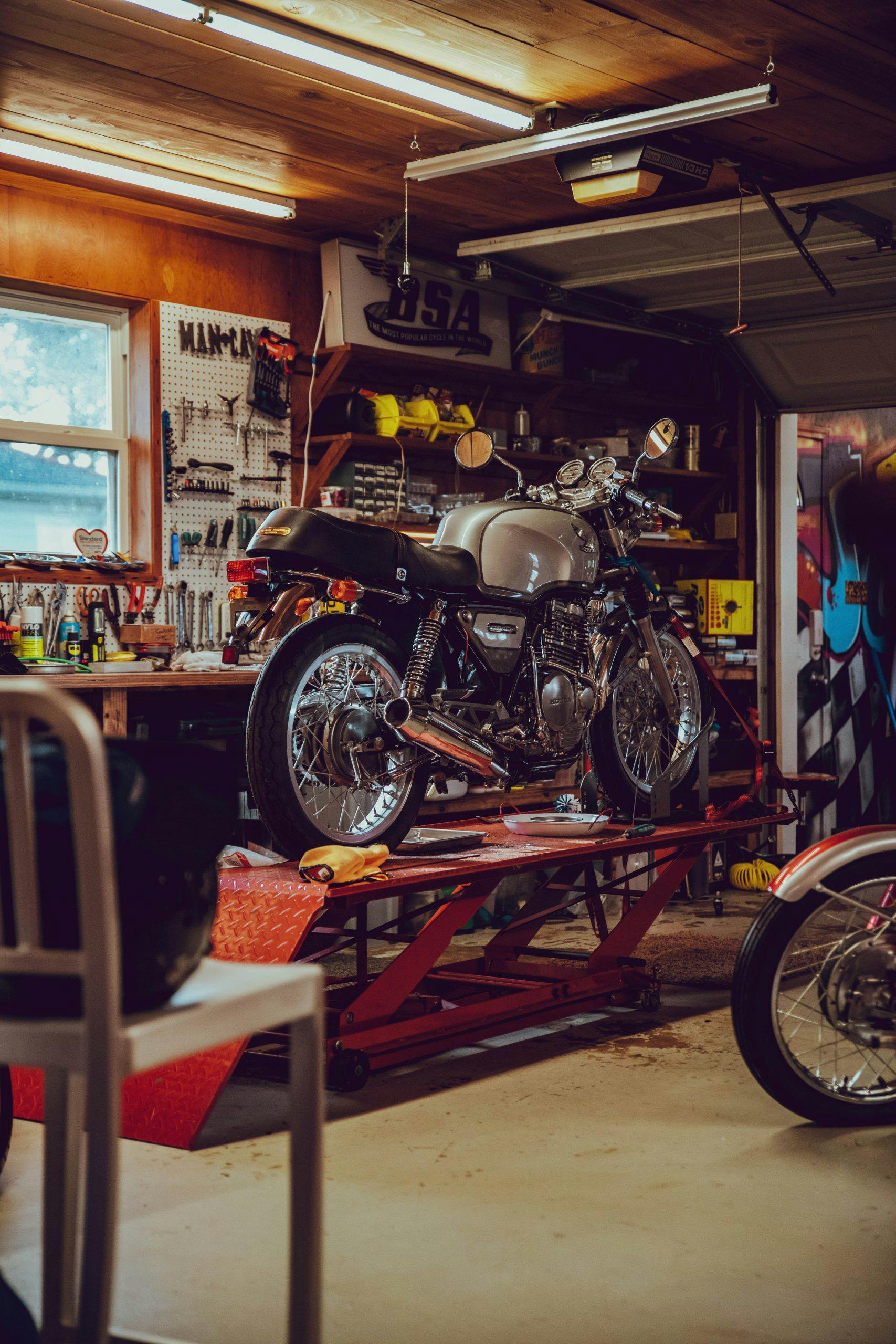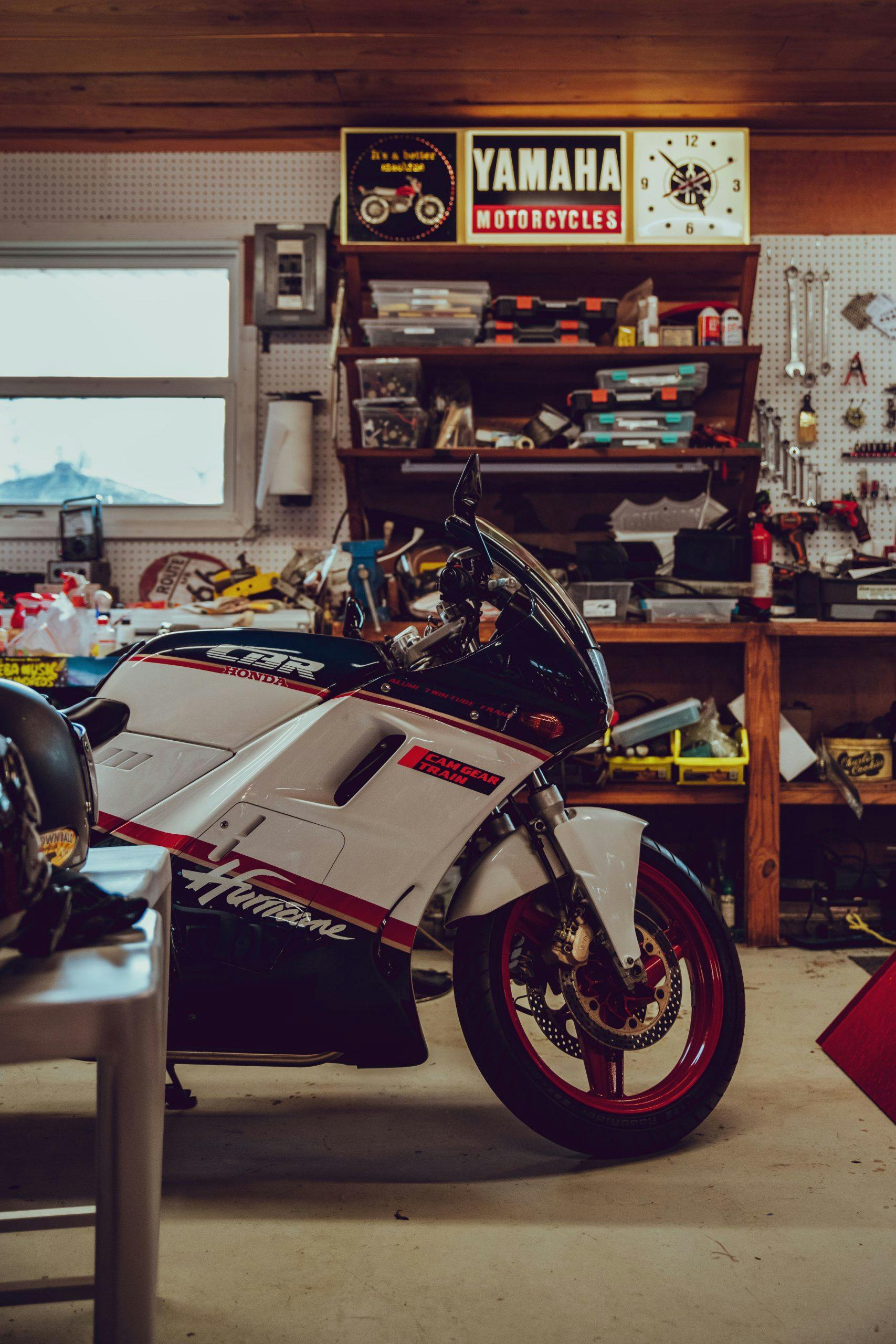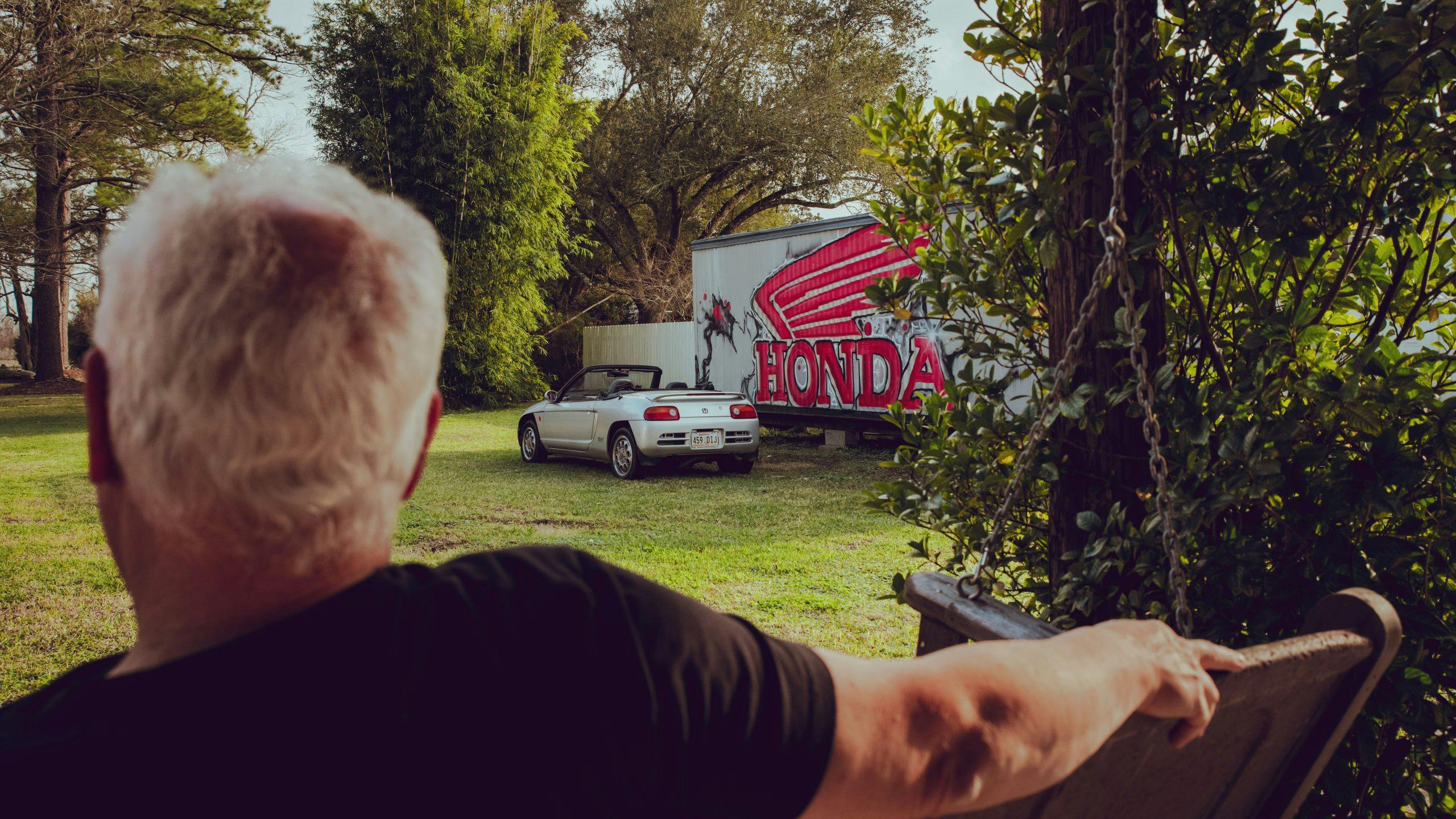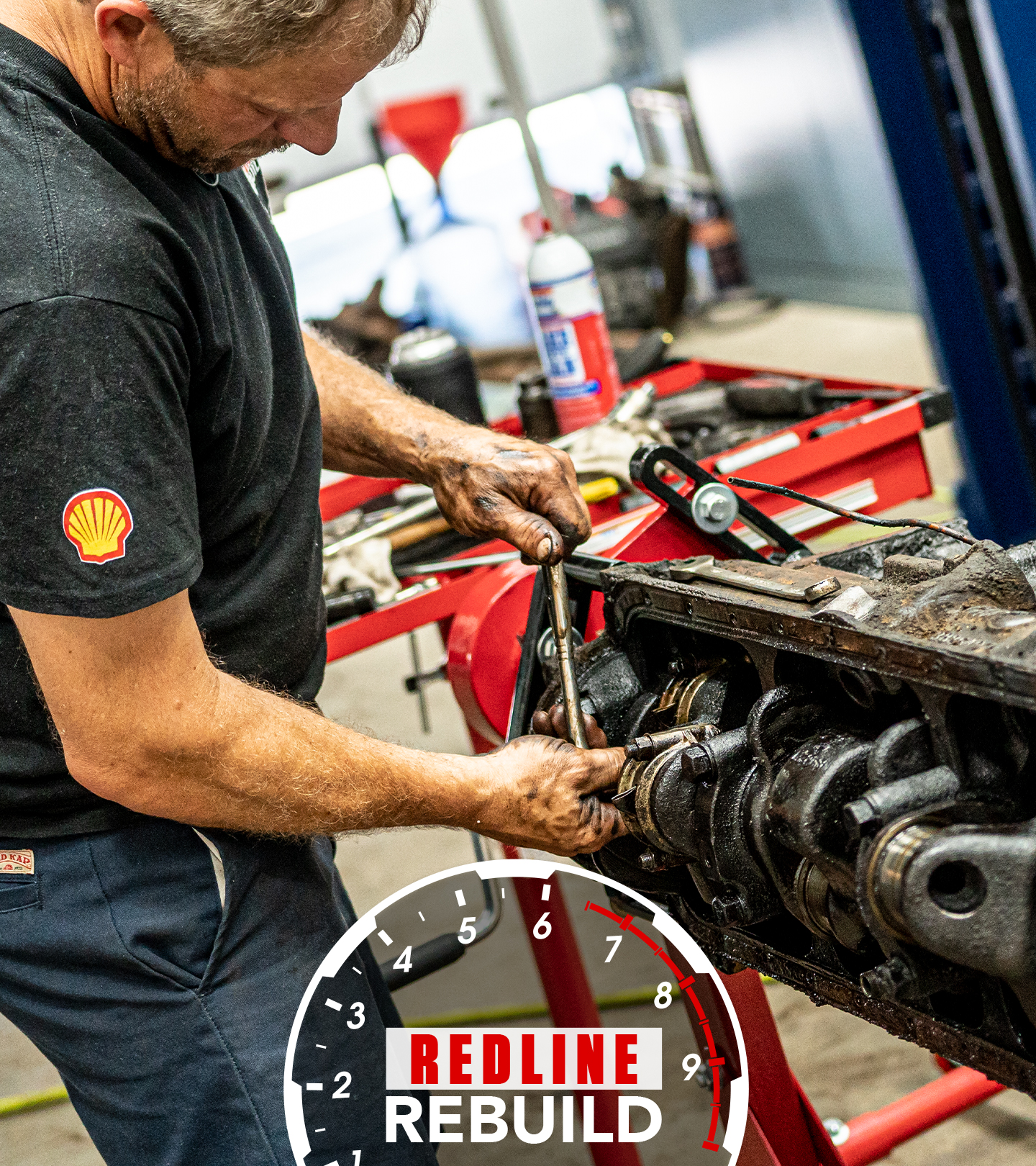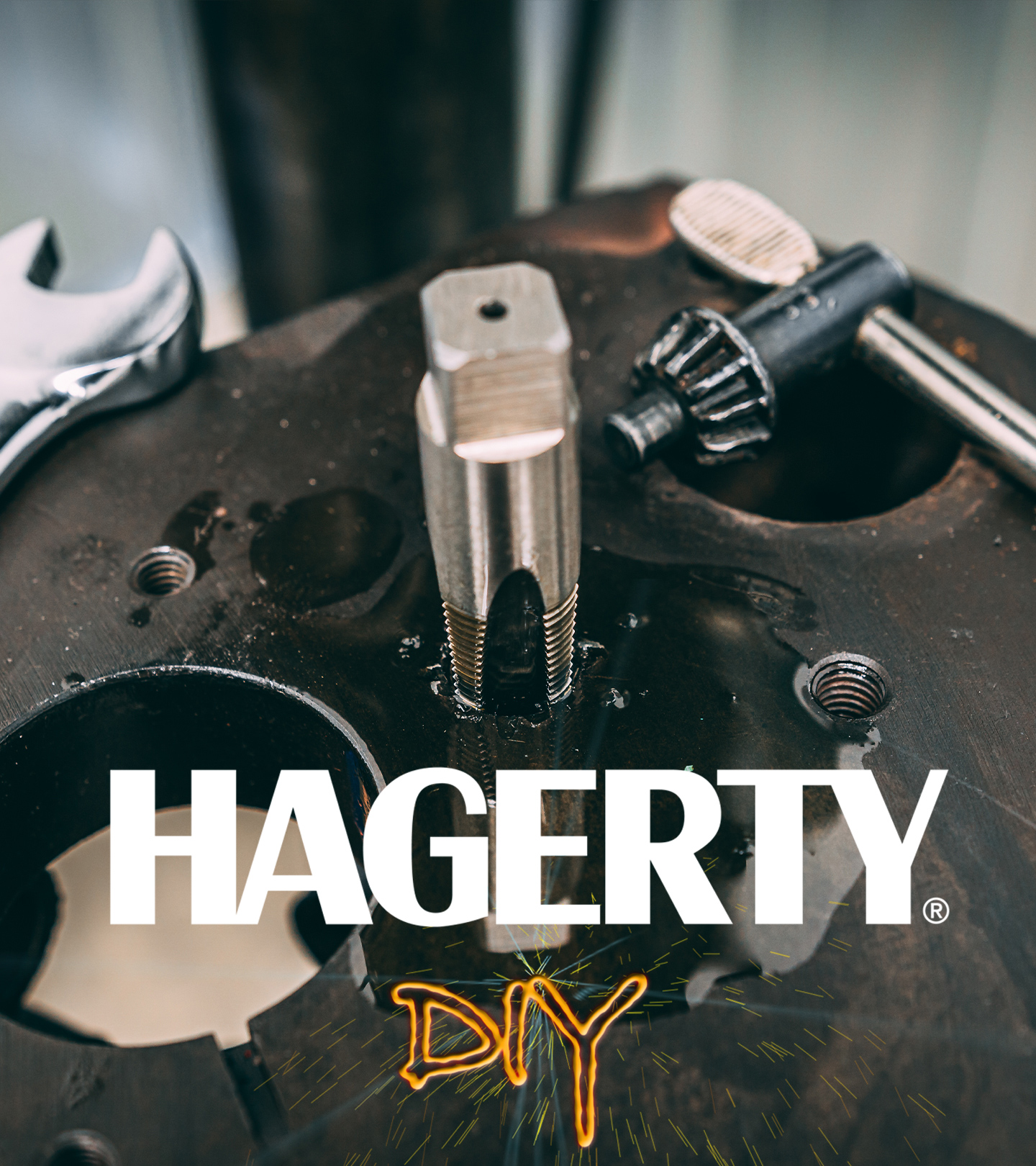Enjoy Convertible stories, opinion, and features from across the car world - Hagerty Media
When John Barrett was growing up in the 1970s, LaPlace, Louisiana, was home to the LaPlace Dragway. The mere presence of this track—located on Highway 61 between New Orleans and Baton Rouge—made LaPlace a “car town,” drawing together the car community from all over South Louisiana, who came to LaPlace for its racing spectacles.
Aside from the Dragway, however, there wasn’t much outside automotive culture in LaPlace. Indeed, LaPlace boasted but one dealership, which offered Fords.
“If you wanted something else, you had to go somewhere else,” says John Barrett, who grew up here and whose family, which always drove Fords, never went anywhere else.
Barrett’s garage at his childhood home remains, at least in part, a testament to his automotive upbringing in this small southern town. A Ford Ranchero gasser sits next to a pair of CobraJet 429 Torinos and a Mercury Comet GT. The majority of his garage space, however, is consumed by machines that, in this context and in this place, only beg questions.
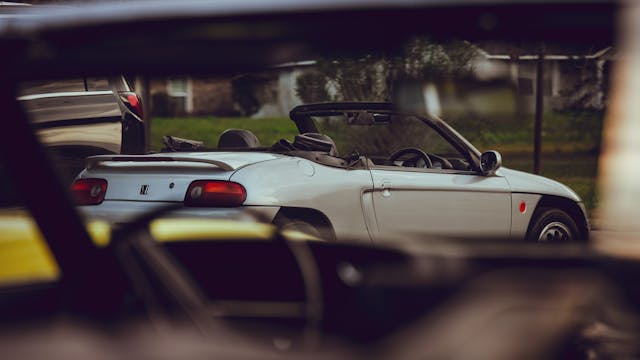
What, for instance, is with all the Japanese motorcycles? Why is there a Nissan Pao parked over there next to that Honda S800? And is that a Honda Beat? Yes. Yes, it is.
Like many other young men growing up in the 1970s, Barrett was surrounded by the recent influx of Japanese motorcycles on American shores. Brands like Honda and Suzuki had not yet made their mark on the American car scene, but they had already earned a reputation for fun, quality, and value with their motorcycles. Unable to own a Honda motorcycle in his youth, Barrett was nevertheless fascinated by the bikes’ engineering, by how these Japanese brands were seemingly able to do so much more with fewer resources. Barrett, as his garage full of motorcycles indicates, is now making up for lost time.
At some point during that make-up time, Barrett happened to read about Japan’s class of “Kei” cars. Originally created as an automotive category by the Japanese government in 1949, the Kei car class generally refers to microcars with limited engine displacement, wheelbase, and power output. In a country as space-constrained as Japan, they are also much easier to park. Throughout most of the 1990s, engine displacement for this class was limited to 660cc—which, for someone like Barrett, who grew up fascinated by motorcycles—made these Kei cars (especially his 1991 Honda Beat) seem almost like a motorcycle in a car’s clothing.
“It’s more fun to drive a slow car fast,” Barrett says, “and there’s nothing more fun than trying to drive the Beat fast. It’s a 1600-pound car, with a three-cylinder engine that will rev to 9000 rpm while making 63 horsepower. So, even though it sounds like you’re going like crazy, you’re really not going that fast, but you’ve got a lot of smiles.”
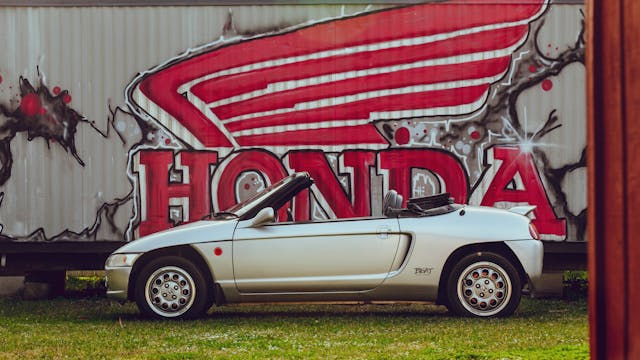
South Louisiana is generally not known as an epicenter of the JDM import scene, so Barrett gets more than his share of curious inquiries about his little silver mid-engined car. And Kei cars, Barrett notes, are nothing if not approachable.
“No one ever catches their breath and goes, ‘Oh, maybe I shouldn’t …,’” Barrett says. “They just look at it, smile, and say, ‘Oh, I gotta know what this is.’”
For all the happiness he gets from driving these oddball machines, Barrett is quick to admit that the people he meets and the friends he’s made because of this shared automotive passion are his biggest joy in the car world.
“You really do meet the nicest people while driving a small, unusual, right-hand-drive Honda.”

